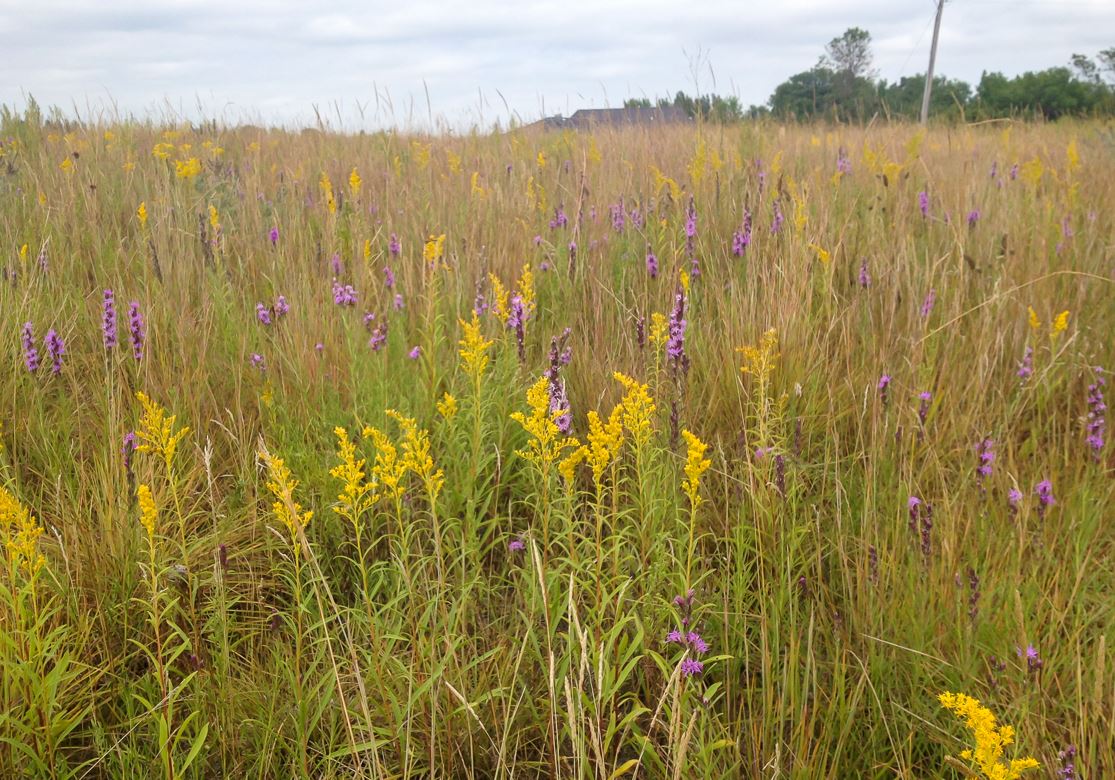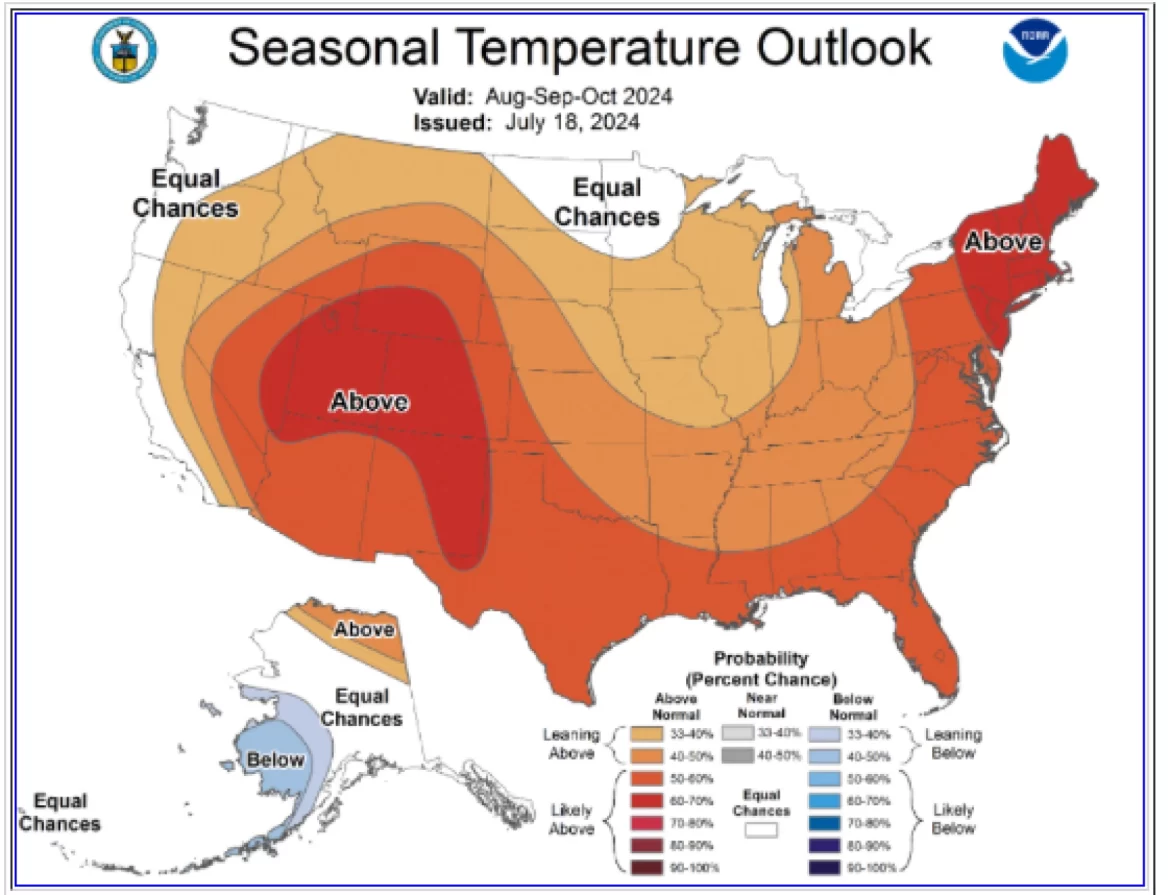By Ruth Thornton
Gray wolves could thrive in the eastern United States well beyond their current range in the Great Lakes region, but they might have a hard time reaching other suitable habitats without human intervention, researchers say. Wolves once had the largest known range of any land mammal but they were nearly exterminated in the United States in the early 1900s after persecution by humans.
Their population only recovered after they were placed under federal protection in the 1970s. They have since recolonized some areas where they once flourished, including in Minnesota, Wisconsin and the Upper Peninsula of Michigan.
A 2022 study analyzed which areas in the eastern U.S. still have suitable habitat for wolves and are connected enough to each other so wolves might be able to travel between them.
To do that, the researchers used survey data collected between 2018 and 2020 by biologists working for the natural resource departments in Minnesota, Wisconsin and Michigan.
They then modeled the characteristics of the habitats where wolves were found and predicted where else in the eastern U.S. large tracts of suitable areas occur. They also modeled how connected to each other those areas are. They found that six areas had good habitat and were large enough to sustain wolves, but the animals occur in only one of them, the western Great Lakes.








